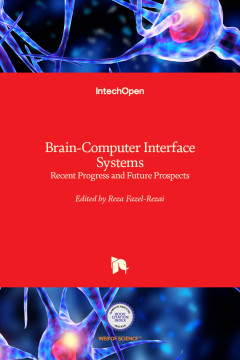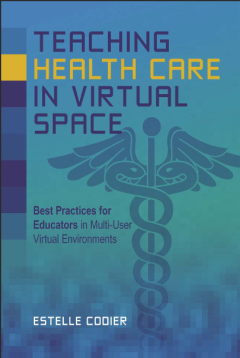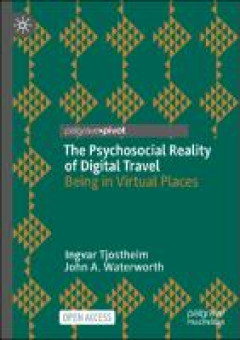Ditapis dengan

Seeing the past with computers :experiments with augmented reality and comput…
Recent developments in computer technology are providing historians with new ways to see—and seek to hear, touch, or smell—traces of the past. Place-based augmented reality applications are an increasingly common feature at heritage sites and museums, allowing historians to create immersive, multifaceted learning experiences. Now that computer vision can be directed at the past, research in…
- Edisi
- -
- ISBN/ISSN
- 9780472131112
- Deskripsi Fisik
- vi, 247p. : ill.
- Judul Seri
- -
- No. Panggil
- 001.30285 SEE s

Computer vision metrics :survey, taxonomy, and analysis
Computer Vision Metrics provides an extensive survey and analysis of over 100 current and historical feature description and machine vision methods, with a detailed taxonomy for local, regional and global features. This book provides necessary background to develop intuition about why interest point detectors and feature descriptors actually work, how they are designed, with observations about …
- Edisi
- -
- ISBN/ISSN
- 9781430259305
- Deskripsi Fisik
- xxxi, 508p. : ill.
- Judul Seri
- -
- No. Panggil
- 006.37 KRI c

CyberParks :the interface between people, places and technology : new approac…
This open access book is about public open spaces, about people, and about the relationship between them and the role of technology in this relationship. It is about different approaches, methods, empirical studies, and concerns about a phenomenon that is increasingly being in the centre of sciences and strategies – the penetration of digital technologies in the urban space. As the main outco…
- Edisi
- -
- ISBN/ISSN
- 9783030134174
- Deskripsi Fisik
- xv, 321p. : ill.
- Judul Seri
- -
- No. Panggil
- 307.1216 CYB c

Brain-computer interface systems - recent progress and future prospects
Brain-Computer Interface (BCI) systems allow communication based on a direct electronic interface which conveys messages and commands directly from the human brain to a computer. In the recent years, attention to this new area of research and the number of publications discussing different paradigms, methods, signal processing algorithms, and applications have been increased dramatically. The o…
- Edisi
- -
- ISBN/ISSN
- 9789535111344
- Deskripsi Fisik
- 280 p.; 22 cm.
- Judul Seri
- -
- No. Panggil
- 004.072 BRA b

Teaching health care in virtual space :best practices for educators in multi-…
Teaching Health Care in Virtual Space is the first “how-to” manual for health educators on the instructional use of three-dimensional, computer-generated virtual environments, called “multi-user virtual learning environments” or MUVE. Dr. Estelle Codier has written a step-by-step handbook based on her experience supervising more than 400 learning activities in Second Life®. The book pr…
- Edisi
- -
- ISBN/ISSN
- 9780824882525
- Deskripsi Fisik
- xxi, 289 p. ; ill
- Judul Seri
- -
- No. Panggil
- 610.73076 COL t

Psychosocial reality of digital travel:being in virtual places
This open access book takes a fresh look at the nature of the digital travel experience, at a time when more and more people are engaged in online social interaction, games, and other virtual experiences essentially involving online visits to other places. It examines whether these experiences can seem real to the virtual traveller and, if so, under what conditions and on what grounds. The book…
- Edisi
- -
- ISBN/ISSN
- 9783030912727
- Deskripsi Fisik
- xi, 152 p. : ill.
- Judul Seri
- -
- No. Panggil
- 302.231 TJO p
 Karya Umum
Karya Umum  Filsafat
Filsafat  Agama
Agama  Ilmu-ilmu Sosial
Ilmu-ilmu Sosial  Bahasa
Bahasa  Ilmu-ilmu Murni
Ilmu-ilmu Murni  Ilmu-ilmu Terapan
Ilmu-ilmu Terapan  Kesenian, Hiburan, dan Olahraga
Kesenian, Hiburan, dan Olahraga  Kesusastraan
Kesusastraan  Geografi dan Sejarah
Geografi dan Sejarah